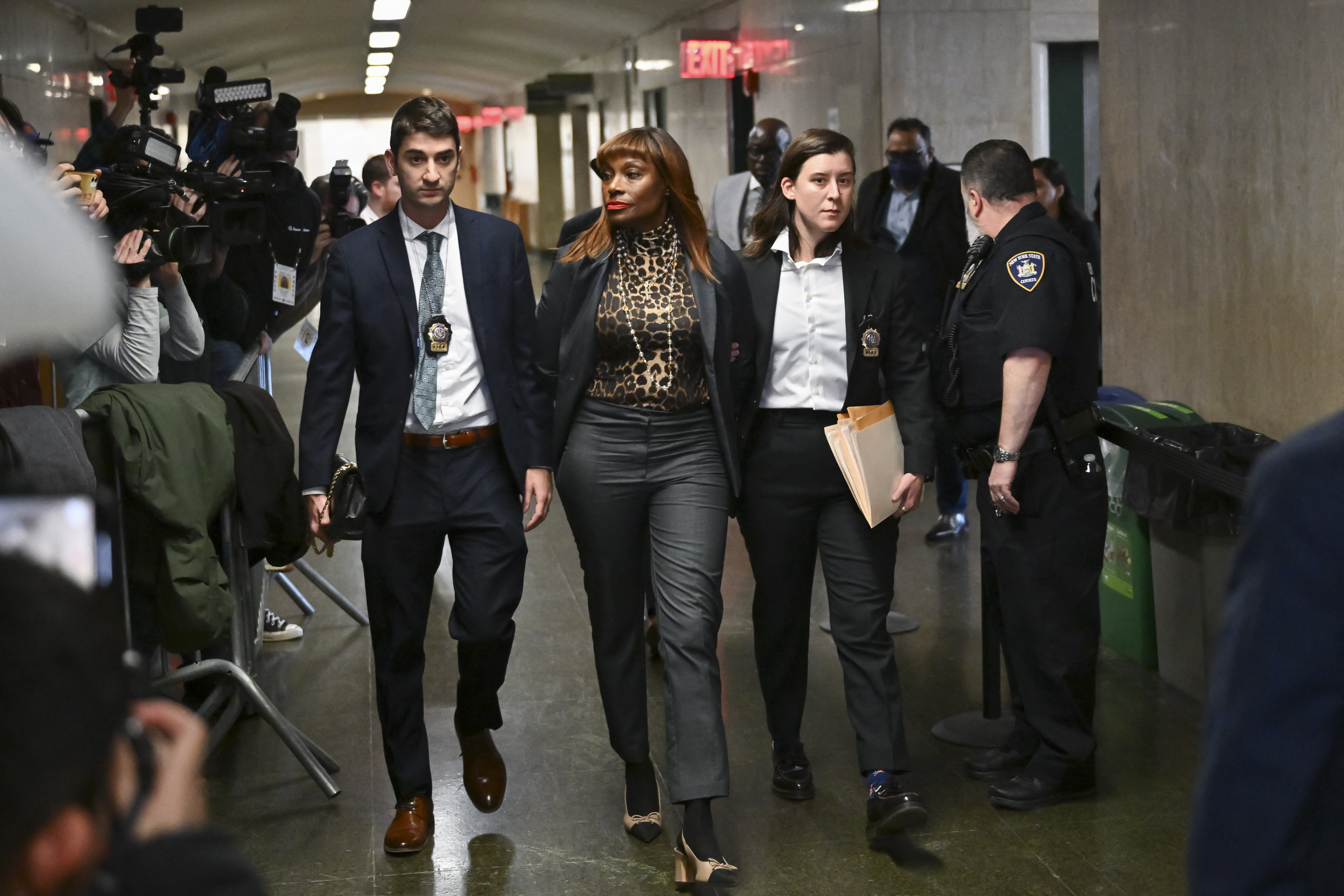Adams’ Ex-Adviser Lewis-Martin Indicted on Five Corruption Schemes Touching Greenpoint, Queens, Migrant Sites

Allegations against a former top adviser to Mayor Eric Adams revive perennial concerns about patronage and graft in City Hall—and prompt fresh questions about integrity in New York’s intertwined politics and business worlds.
On any given weekday, thirty-seven municipal agencies and a legion of well-paid consultants scurry to answer the priorities of New York City Hall. So when the Manhattan district attorney unveiled five indictments against Ingrid Lewis-Martin, Mayor Eric Adams’s former chief adviser, observers of municipal government did more than raise an eyebrow—they reached for aspirin. The breadth of the allegations, implicating a close-knit tangle of film producers, real estate developers, and an inner-circle operator at the apex of city power, underscores the old adage that in Gotham, influence rarely comes cheap.
Prosecutors allege that between 2022 and 2024, Lewis-Martin traded her sway over policy, procurement and permits for an eclectic blend of bribes—cash, speaking roles on crime dramas, and favours for her son’s business. The charges run the gamut from steering lucrative migrant shelter contracts to preferred developers, to leaning on city agencies to expedite approvals for friendly karaoke-bar owners. At their core, the claims depict a City Hall operator for whom public service became fungible, dictated by “our people” and accompanied by a predictable paper trail of low six-figure wire transfers.
The implications for New York City are immediate and unflattering. Adams, already battered by investigations swirling around campaign fundraising and the conduct of key staff, faces renewed scrutiny of his vetting practices and crony-laden style of governance. His public pledge to “root out corruption” now competes with claims that his closest adviser was busily cultivating her own private distribution channel for influence and largesse. Lewis-Martin’s alleged interventions, from the meddling in the McGuinness Boulevard bike-lane redesign to contract-fiddling in the chaotic world of migrant shelters, strike a familiar chord in a city where the boundary between political patronage and criminality has often proved porous.
If the charges hold water, the second-order consequences for the city’s economy and its wary citizens could be substantial. The ever-expanding tentacles of graft—manifested this time in real estate dealmaking and backroom film-set negotiations—risk deterring honest investment and further fraying confidence in the city’s Byzantine bureaucracy. In a metropolis where the annual value of public contracting tops $40bn, the perception that access is for sale may discourage genuine bidders and enshrine rent-seeking as the path of least resistance. Meanwhile, the ongoing housing and migrant crises mean that even the appearance of self-dealing in shelter contracts can fan public anger and fuel demands for procedural overhaul.
This episode also resurfaces perennial worries around regulatory capture and the concentration of power in mayoral entourages. Lewis-Martin’s outsized role—commandeering decisions far beyond her written remit and “planting” loyalists inside agencies—mirrors a pattern visible in mayoralties past. From Koch to De Blasio, Manhattan’s prosecution dockets are littered with officials who interpreted “city for sale” as something more than mere campaign rhetoric. The inclusion in the current case of entertainment-industry figures, eager to grease the wheels for their businesses, adds a twist that is at once Gotham in flavour and soberingly universal.
Nor is New York alone in its travails. America’s sprawling metros have a long tradition of city halls susceptible to local kingmakers and pliable bureaucrats. In Chicago, a rogues’ gallery of aldermen regularly graces the dockets; in Los Angeles, recent scandals have similarly entangled the real estate sector and mayoral aides. Compared globally, New York’s recent spate of allegations, running from voting-machine contractors to the COVID procurement free-for-all, echo the wider struggle urban governments face in holding the line against the temptations of office. The dollar amounts alleged in this case—some $53,300 in total bribe value—remain paltry by comparison to history’s most grandiose municipal larcenies, but the patterns ring familiar.
Cleaning City Hall’s stables
The legal process will now grind forward, with Lewis-Martin and her co-defendants pleading not guilty and Adams’s office issuing guarded statements about cooperation and “zero tolerance.” Yet the court of public opinion tends to deliver swifter judgments. For a city already beset by spiralling agency budgets, an expanding homeless population, and doubts about the speed and fairness of municipal services, each new indictment compounds a sense of drift and diminishes trust in officialdom. Voters reasonably ask: is City Hall solving problems, or merely parcelling them out for friends?
History offers a modicum of hope. Past reckonings with corruption—think of the Knapp Commission in the 1970s, or the house-cleaning after the parking-violations bureau scandal in the 1980s—occasionally yielded not just prosecutions, but incremental reforms: more vigilant inspectors general, transparent public contracting rules, and greater scrutiny of outside income for staffers. The challenge, as ever, is to ensure that today’s headlines move the needle beyond a fresh round of public-relations boilerplate.
What should be done? While no city can legislate venality out of existence, higher walls of regulatory control and a culture of neutral, professional administration—not one reliant on familial loyalty or “our people”—would bode well. Live-streamed contract awards, real-time disclosure of staffers’ private business interests, and regular rotation among agency liaisons have all been mooted before; perhaps such technocratic fussiness deserves a more serious hearing. Municipal government, after all, is not an insiders’ gold rush, but the engine room of a city most New Yorkers reckon should work for the many, not a connected few.
In the meantime, the city’s work grinds on, as must its fight for cleaner governance. Lewis-Martin’s case is no outlier but the latest reminder—plain, unvarnished, and unwelcome—that robust institutions are built on persistent vigilance, not naïve hope. In this, at least, New York remains neither exceptional nor immune. ■
Based on reporting from Gothamist; additional analysis and context by Borough Brief.